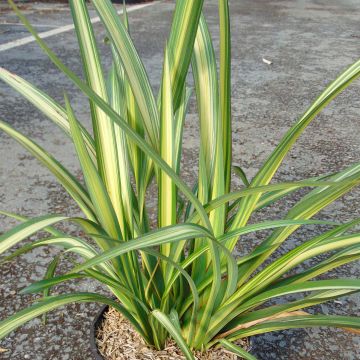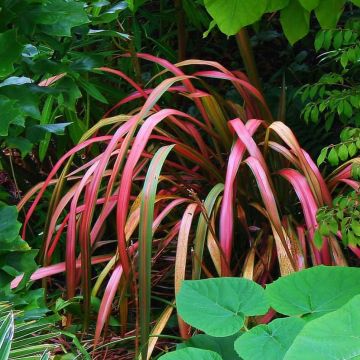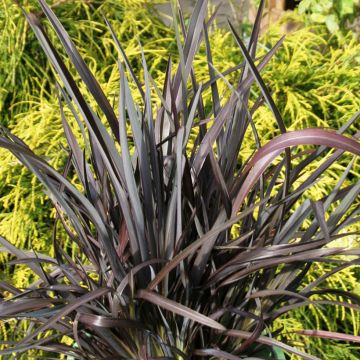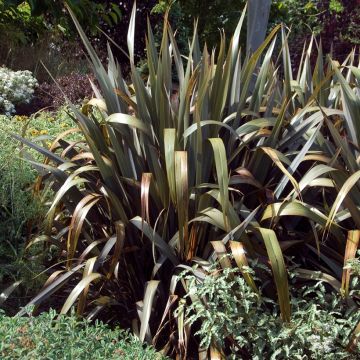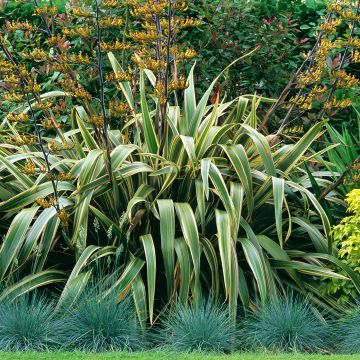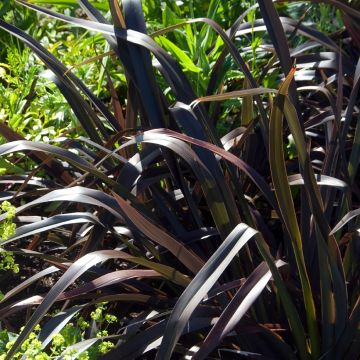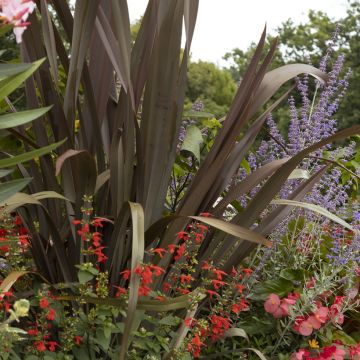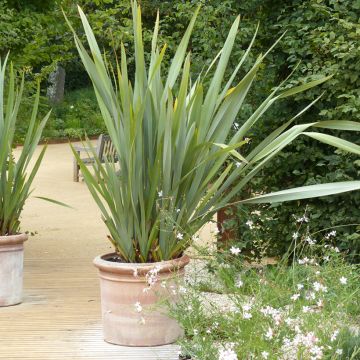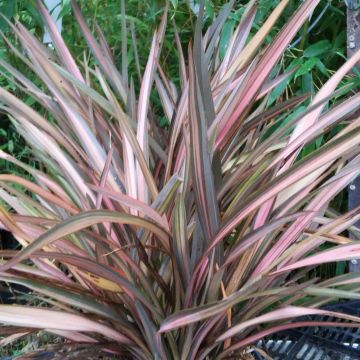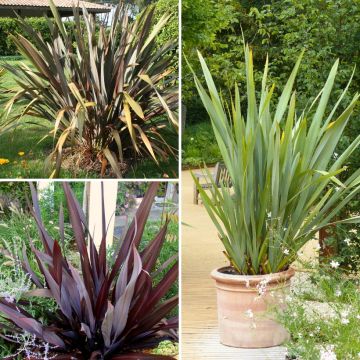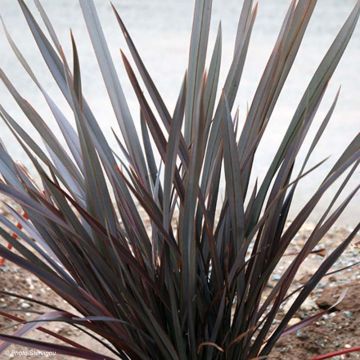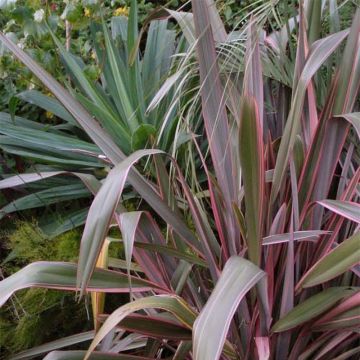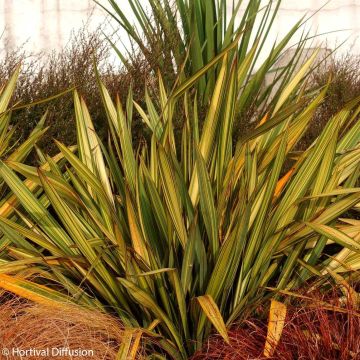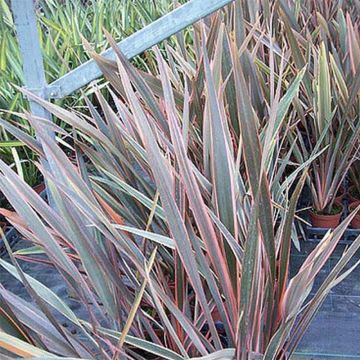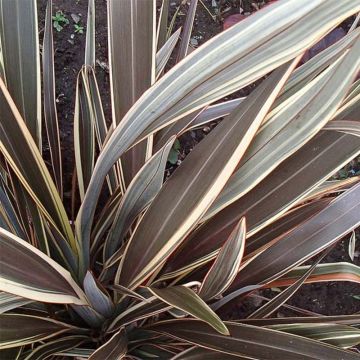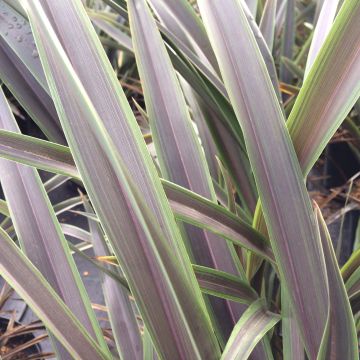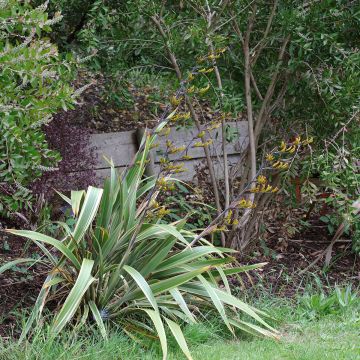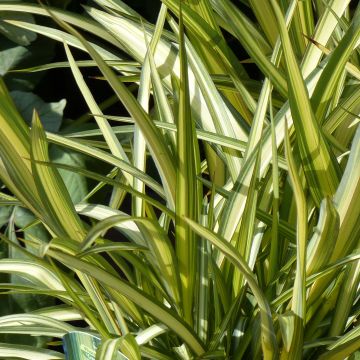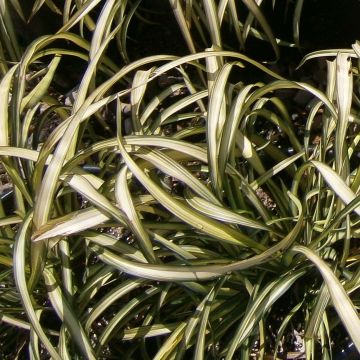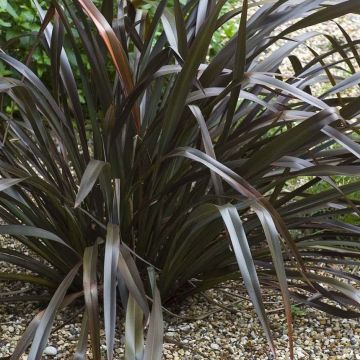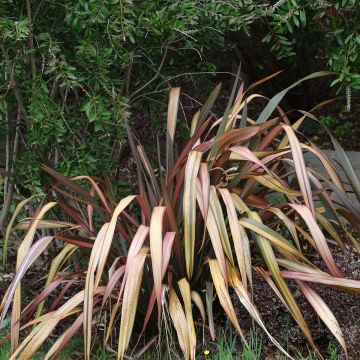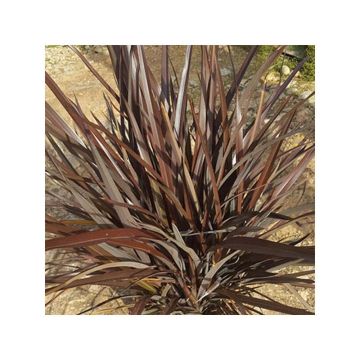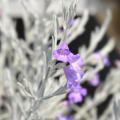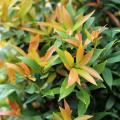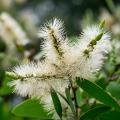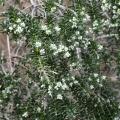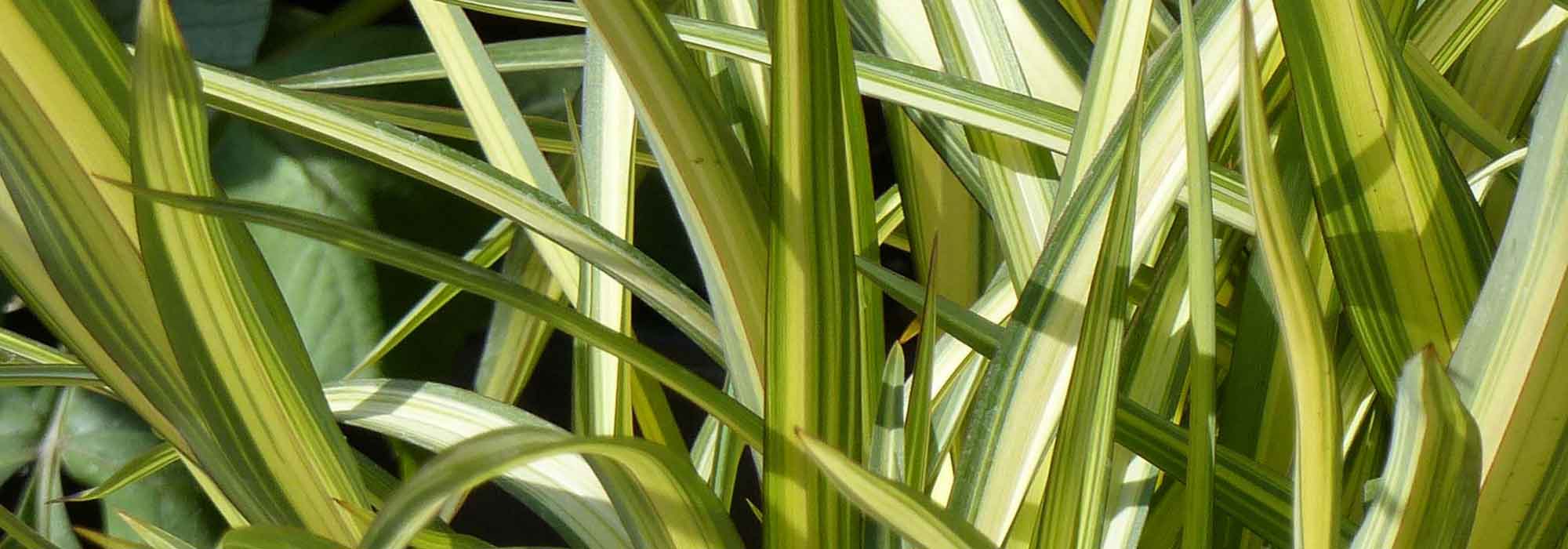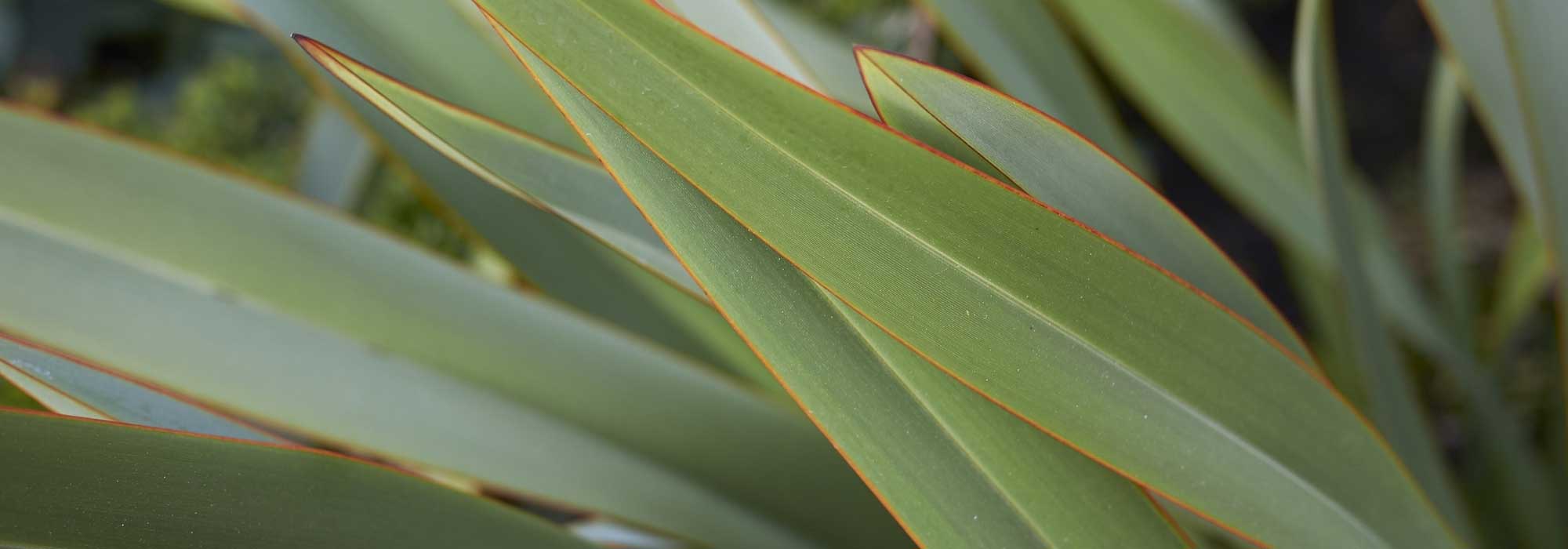Phormium
Would this plant suit my garden? Set up your Plantfit profile →
Available in 2 sizes
Available in 2 sizes
Available in 1 sizes
Available in 1 sizes
Available in 2 sizes
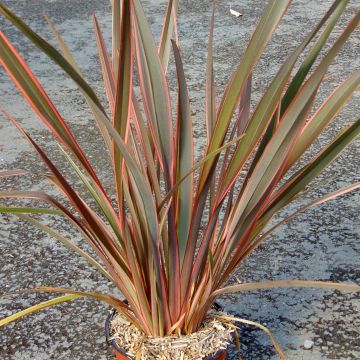
Available in 2 sizes
Available in 2 sizes
Available in 1 sizes
Available in 1 sizes
Available in 2 sizes
Available in 3 sizes
Available in 1 sizes
Available in 0 sizes
Available in 1 sizes
Available in 1 sizes
Available in 1 sizes
Available in 1 sizes
Available in 1 sizes
Available in 2 sizes
Available in 1 sizes
Available in 1 sizes
Available in 2 sizes
Available in 2 sizes
Available in 1 sizes
Available in 1 sizes
Available in 2 sizes
Available in 1 sizes
Phormium, commonly known as New Zealand Flax, or more rarely New Zealand Hemp, is a fabulous evergreen perennial cousin of Agaves. Exotic and highly colourful, it grows in large opulent clumps, both in pots and in open ground. The Phormium genus has only two species, Phormium tenax and Phormium cookianum, as well as numerous cultivars and hybrids that compete in beauty. Here, it prefers the seaside, as its hardiness is often lacking. Experience shows that Phormium tenax is generally hardier and better adapted to the Mediterranean, while Phormium cookianum prefers the milder Atlantic climate, which is more rainy. Hybrids, on the other hand, behave more or less like one of their two parents. We love their endlessly varied colours, ranging from the yellow-green of the 'Golden Ray' variety to almost black in Phormium cookianum 'Black Adder', and including a wide range of solid or variegated shades. Phormium is ideal for large beds or large rockeries in mild climates, even in direct exposure to spray. Its use and chosen location must be carefully considered due to its significant growth and assertive personality. Whether used as a specimen plant or planted in groups with various colours, it structures the space and brings verticality and exoticism to even the most modest decor. Like large grasses, it is also a wonderful perennial for a modern garden with clean lines. In an urban garden, it softens concrete structures.
Haven't found what you were looking for?








































